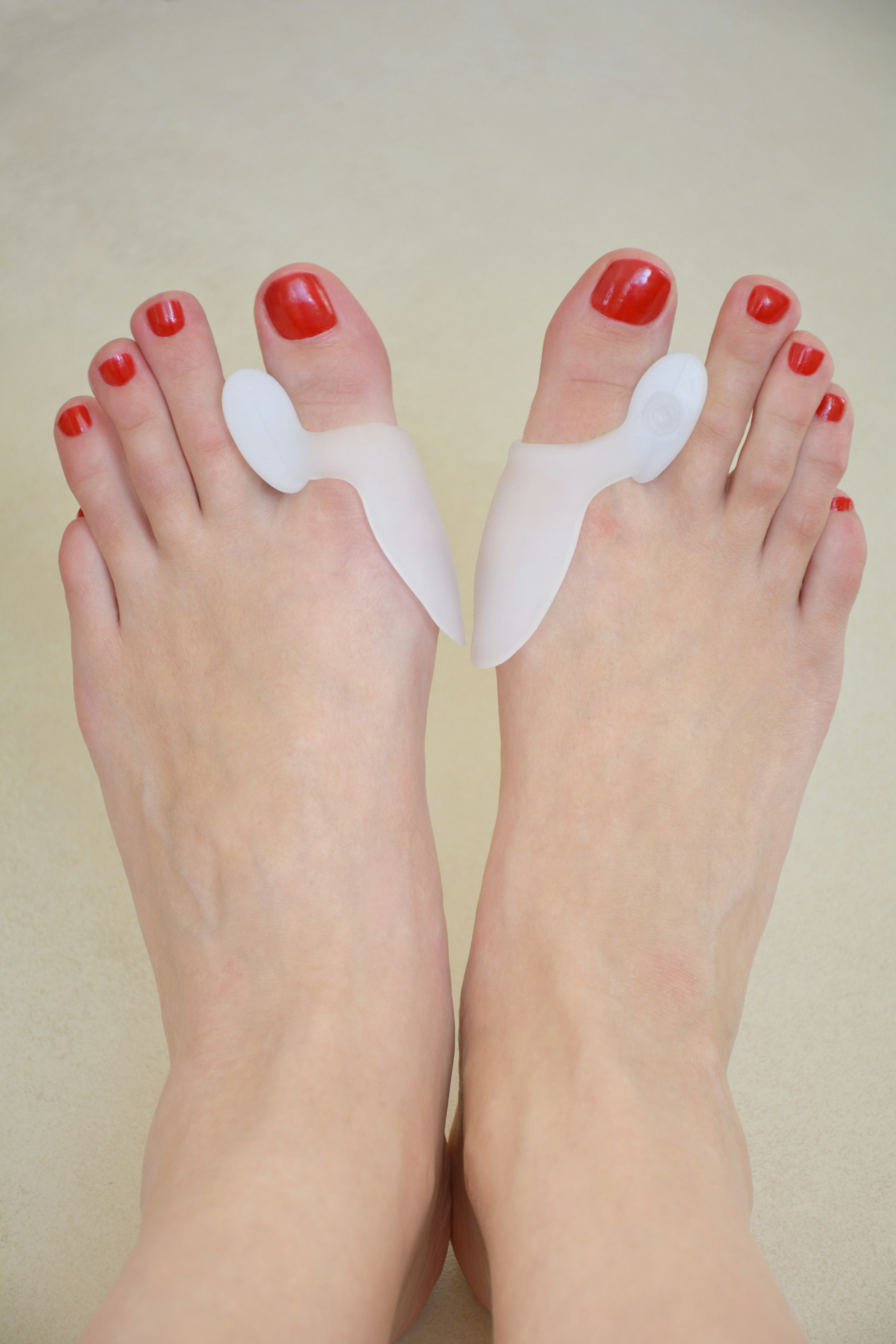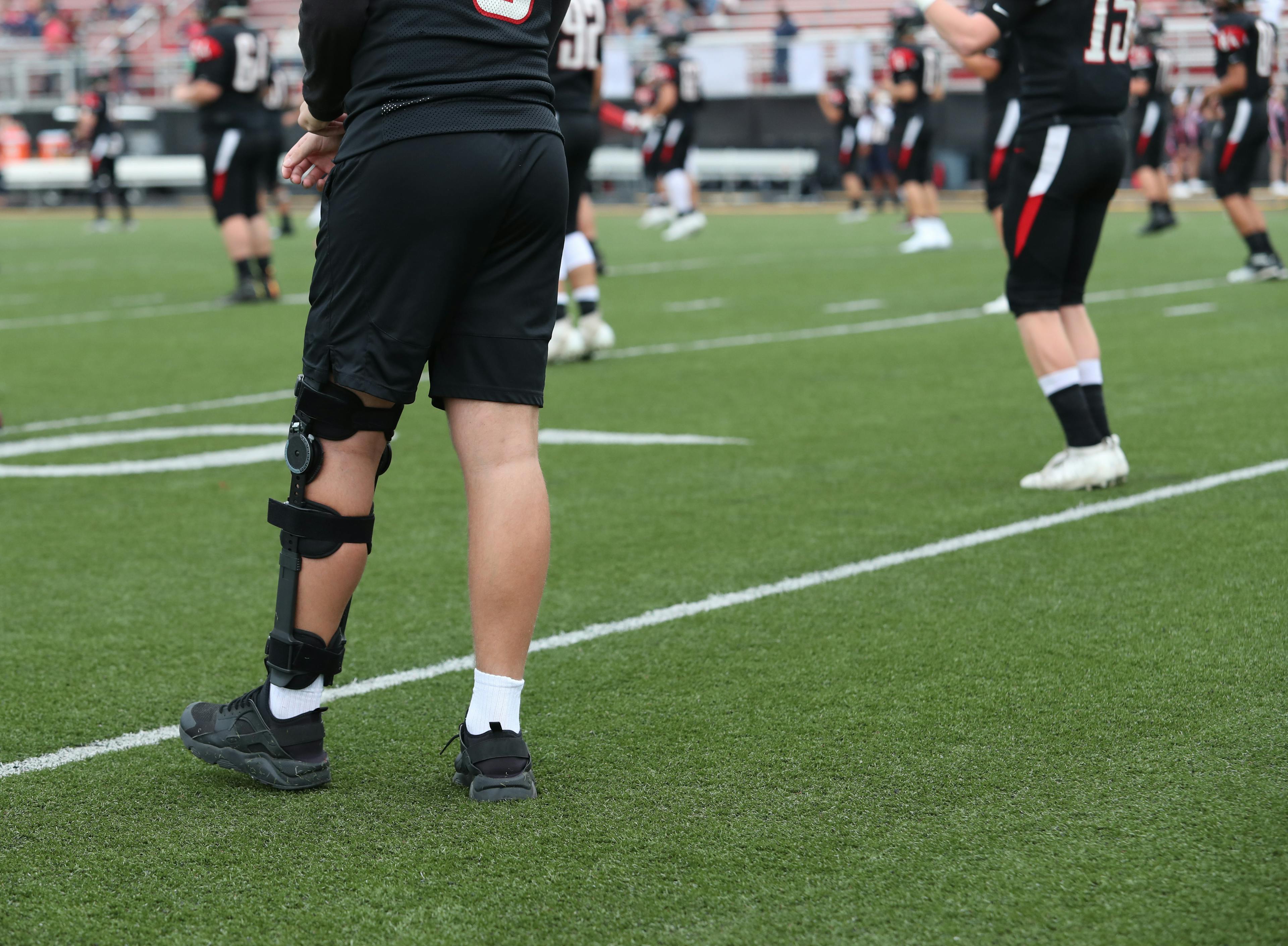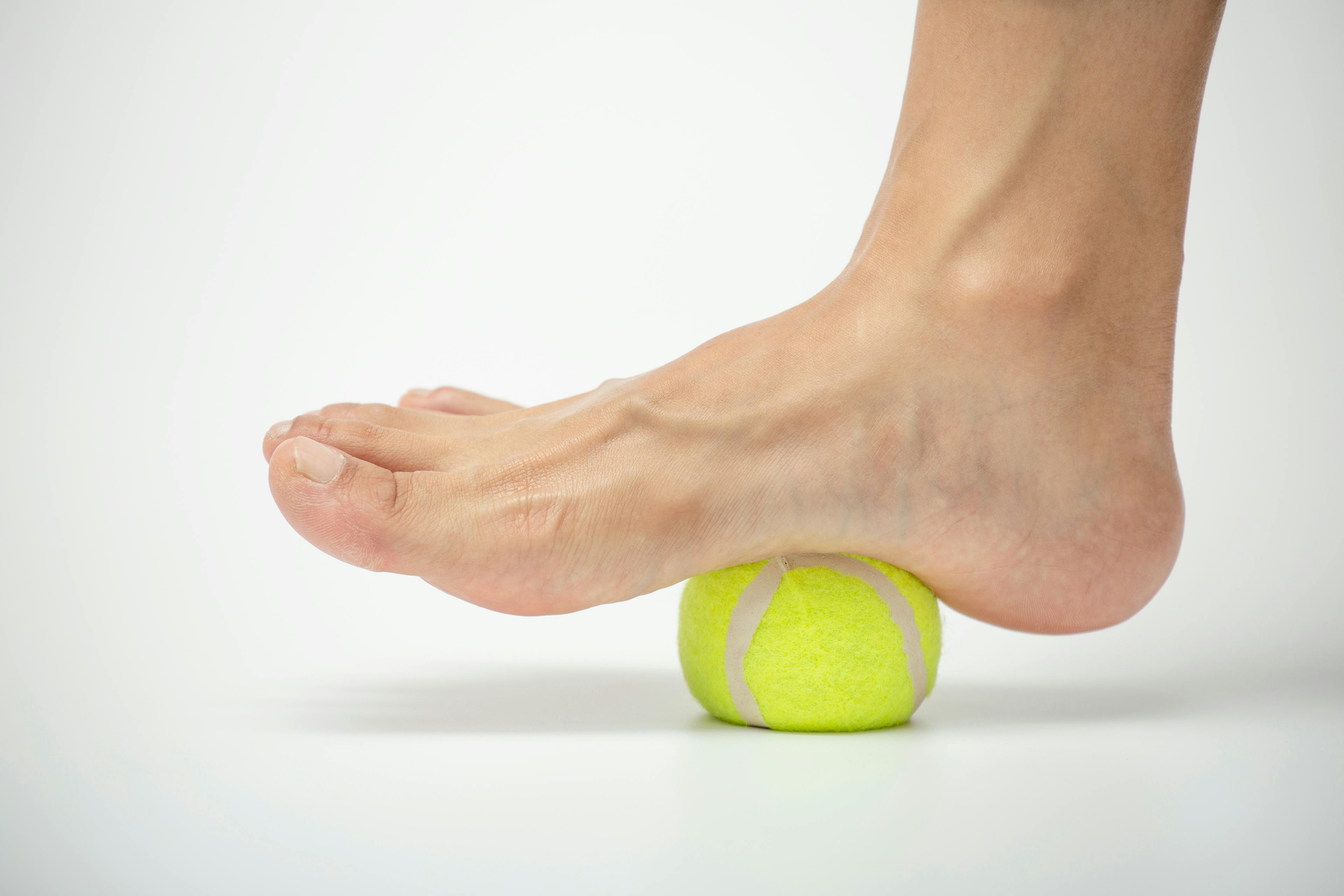Key Takeaways
Supportive footwear, orthotics, and bunion pads can relieve pressure on the big toe joint and reduce daily discomfort.
Simple stretches and exercises help maintain flexibility and may slow bunion progression when practiced consistently.
Non-surgical methods can improve comfort in mild to moderate cases, but a podiatrist should evaluate worsening symptoms or loss of mobility.
Anyone with bunions knows the pain of trying to find shoes that fit without hurting or walking around in uncomfortable heels on a night out. While bunion surgery is an option in more severe cases, many people are reluctant to undergo major foot surgery and instead opt for non-surgical treatment options.
If you're wondering how to shrink bunions naturally or whether it is possible to correct bunions without surgery, you’re in the right place. In this post, we’ll explore five practical at-home ways to ease bunion pain and help slow its progression.
1. Wear Supportive Footwear
One of the easiest ways to slow bunion progression is by wearing footwear designed to accommodate your feet and reduce pressure on the bunion. Look for the following:
- A wide toe box to minimize pressure on your bunion
- Shoes with good arch support
- Cushioned soles
- A low or flat heel
Aim to avoid pointed high heels and shoes with a narrow toe box (especially if you already have wide feet), which can worsen bunion pain by forcing your toes into unnatural positions.
Instead, choose the best shoes for bunions to help alleviate pressure on the big toe joint and help prevent further misalignment.
2. Use Bunion Pads and Orthotics
Over-the-counter bunion pads act as a barrier between your bunion and your shoe to prevent further rubbing and irritation. Other options, such as bunion sleeves and toe spacers, work to gently separate the toes and encourage proper alignment of the toes and foot.
For more targeted support, custom orthotic inserts may be recommended by a podiatrist. These devices help realign your foot mechanics and provide added cushioning, which helps ease strain on the bunion over time.
3. Try Foot Exercises and Stretches
Targeted foot exercises also help to maintain flexibility in the toes and lessen strain on the foot. While they won’t eliminate a bunion, they may slow its progression and improve overall comfort.
Here are a few options to try as you get started:
- Toe stretches: Gently pull your big toe into alignment and hold for 10 seconds
- Towel scrunches: Use your toes to pull a towel toward you while seated
- Marble pick-ups: Place marbles on the floor and pick them up with your toes
Consistent practice of these exercises helps increase joint mobility and ease tension in the surrounding muscles.
4. Apply Ice and Manage Inflammation
If your bunion is swollen or sore, applying an ice pack for 10–20 minutes at a time helps to lower inflammation and manage discomfort. Pair this with over-the-counter anti-inflammatory medications like Advil or Aleve, which may offer short-term relief from pain.
Always follow label directions or speak with a healthcare provider to ensure these medications are safe for you, especially if you have other conditions or take prescriptions.
5. Maintain a Healthy Weight
When you carry extra weight, it puts added pressure on your feet, especially the joints in your toes. That’s why incorporating healthy habits into your lifestyle often makes a meaningful difference. Losing weight helps ease strain on the bunion and may even slow its progression.
Start small with low-impact exercises like walking, biking, or swimming to stay active without overloading your feet. Even modest weight loss helps take pressure off the foot over time.
Can Bunions Be Corrected Without Surgery?
Non-surgical treatments can’t reverse a bunion, but they can help manage symptoms and slow progression. In mild to moderate cases, these methods may be all that’s needed to live comfortably. However, if your bunion becomes increasingly painful or interferes with daily activities, your podiatrist may recommend surgery as a more permanent solution.
When to See a Podiatrist
If you’ve been coping with a bunion on your own but notice changes or worsening symptoms, it may be time to consult a podiatrist. Professional evaluation is recommended if you experience:
- Ongoing or increasing pain in the big toe joint
- Difficulty walking or finding shoes that fit comfortably
- Limited range of motion in the affected toe
- Swelling, redness, or other signs of inflammation
- No relief from home treatments, such as footwear changes or over-the-counter aids
A podiatrist can assess the severity of the bunion and help you find the most appropriate options based on your lifestyle and level of discomfort.
Personalized Bunion Treatment in Houston at CLS Health
Whether you're looking to slow progression with conservative methods or need help evaluating if surgery is appropriate, a foot and ankle specialist will offer guidance. A tailored plan may help relieve pain and preserve mobility, allowing you to stay active and feel supported in your care decisions.





